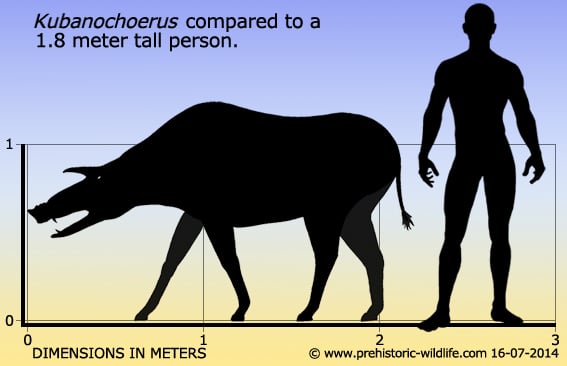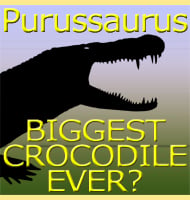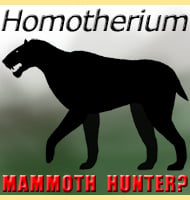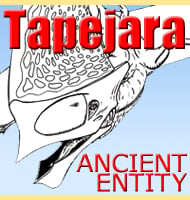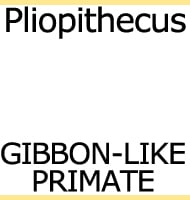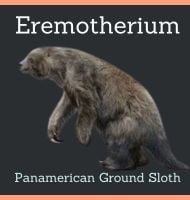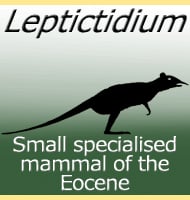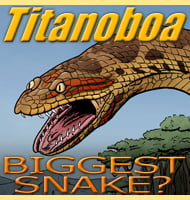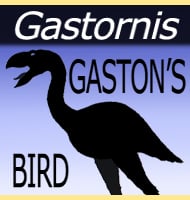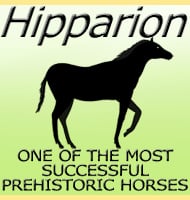In Depth
Kubanochoerus is a genus of extinct long legged pig that seems to have had a very broad distribution reaching from Russia to China and across to at least eastern Africa throughout most of the Miocene. The most distinctive feature of Kubanochoerus is the skull which is proportionately long when compared to modern pigs, but does have roughly the same proportions as the entelodonts, pig-like long legged mammals that came to decline during the early Miocene.
Most notable about the skull of Kubanochoerus is the large bony protrusion that rose up from the top of the skull which would have been the basis for the horn. This horn angled forwards as has been speculated to only have been present in males, suggesting a display and possibly offensive purpose for the horn. Two much smaller horns rose up from the eyebrows.
Kubanochoerus were probably primarily herbivorous animals that spent their time foraging through the undergrowth for food on plants growing near or just under the ground. However as any keeper of pigs will tell you, pigs will eat almost anything edible you give them, including meat, so it’s not inconceivable that Kubanochoerus may have also scavenged the carcasses of other animals, and perhaps even killed and eaten smaller animals that they may have disturbed while foraging. Predatory threats to Kubanochoerus would have included the animals such as nimravids (false sabre toothed cats) and amphicyonids (bear dogs) in the earlier stages of the Miocene, while gradually replaced by machairodonts (true sabre-toothed cats) and canids in the later stages of the Miocene.
Further Reading
- Estimating the Preservation of Tooth Structures Towards a new Scale of Observation - Journal of Taphonomy, vol5, issue 1 - Yannicke Dauphin, Stephane Monttuelle, Cecile Quantin & Pierre Massard - 2007.- A new species of Kubanochoerus (Suidae, Artiodactyla) from the Linxia Basin, Gansu Province, China. – Vertebrata PalAsiatica – Hou Su-Kuan & Tau Deng – 2019.
